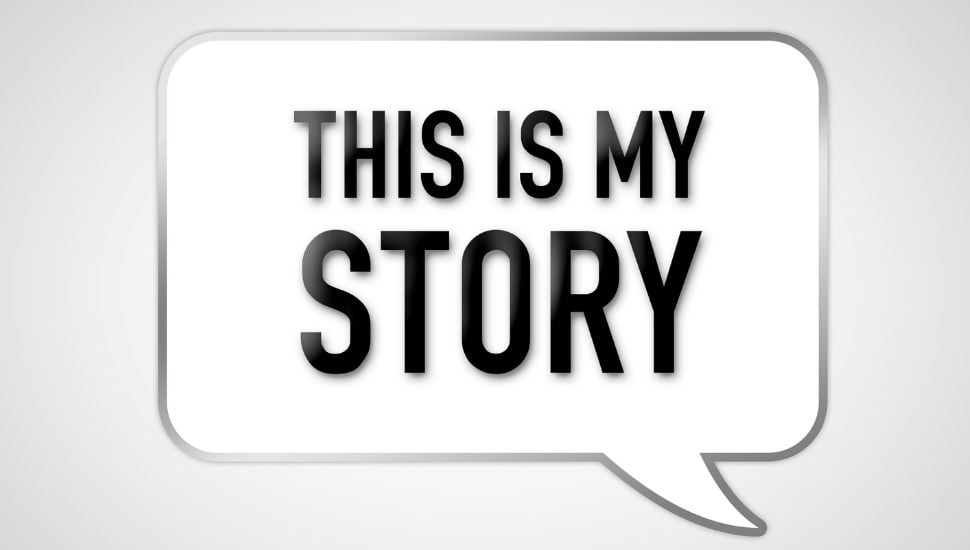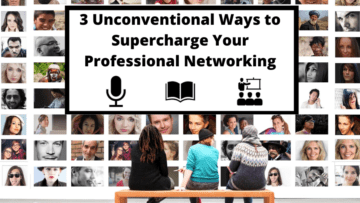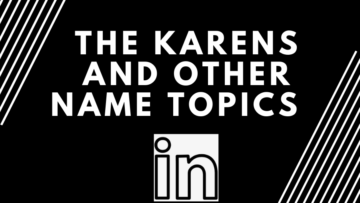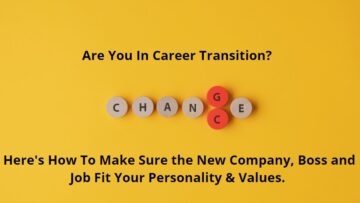Before we can explore how long storytelling should be and what sections on LinkedIn, we need to reflect on the concept of storytelling itself.
The origins of storytelling are ancient and deeply rooted in human history. Stories serve as a fundamental way humans communicate, share knowledge, and entertain one another.
Before the advent of writing, stories were shared orally. Once we developed writing systems, there was a significant evolution and cultural exchange.
Folk tales and fairy tales became popular, and the evolution continued to modern storytelling with film, television, digital media, and more, even evolving to LinkedIn.
How can you tell your story on LinkedIn?
To add on to a memorable quote of Elizabeth Barret Browning, “…let me count the ways.”
LinkedIn is ever-changing. Here are the media files supported on LinkedIn, as well as a short list below of where you can include your thought leadership on LinkedIn:
-
Articles
-
Carousels
-
Comments
-
Company Pages
-
eBooks
-
Google Documents
-
Images
-
LinkedIn Groups
-
LinkedIn Lives
-
Links (to Canva, Career Portfolios, etc.)
-
Newsletters
-
PDFs
-
Photos
-
Polls
-
Posts
-
PowerPoints
-
Showcase Pages
-
Third-party Content
-
Videos
-
White Papers
-
Word Documents
-
and more!
However, many people think about using their personal profiles for storytelling.
In June 2023, LinkedIn removed the ability to have a 30-second video behind the profile picture, but you can still create a video and put it in your featured section if you want to share your story verbally. You should upload an MP4 native video rather than one from YouTube, as LinkedIn prefers people stay on the platform rather than send them off to YouTube.
Headline
You can tell a “mini” story in your headline as an entrepreneur or an employed or unemployed professional by sharing your unique selling proposition. You can have up to 220 characters and add emojis, too. As noted in the aforementioned linked articles, I use Sharethrough Headline Analyzer to analyze the headlines.
About Section
You can tell a more detailed story in your About section, but you may run across three typical types of people:
-
People who will not read at all
-
People who will skim and scan
-
People who will read in detail
In the About section, you have 2600 characters to tell your story. If you ask 20 different LinkedIn gurus how they would write the About section, they would probably give you 20-plus different answers.
There is no one right way. The bottom line is that YOU HAVE TO LOVE IT!
It has to resonate with you, but you must understand the implications of your actions!
If you don’t write with enough content, you miss the opportunity to share your accomplishments and optimize with keywords.
If you have dense paragraphs on your profile, you will miss people like me who will not read them, as my eyes will glaze over.
I know I may get backlash from colleagues who write paragraphs in the About section for themselves and their clients, but it’s kind of like Burger King … have it your way, and I’ll have it my way!
The bottom line is you do you!
So, why not consider the middle road—not too short and not too long—and strategically use white space, bullet points, keywords, and emojis? Use capital letters to create headers for sections.
Get found for keywords to inspire conversations to get interviews to sell yourself and tell your story verbally (rather than by dense paragraphs) to an employer or a client! Start that H2H connection!
I meet with every potential client on Zoom and interview them as much as they interview me! It has to be the right fit, as humans hire humans, not bots!
When you look at your About section on a desktop and then look at it condensed on a mobile phone, is it friendly-looking to those with over forty eyes?
Ponder this quote from the Washington Post, “To cognitive neuroscientists, … [humans] seem to be developing digital brains with new circuits for skimming through the torrent of information online. This alternative way of reading is competing with traditional deep reading circuitry developed over several millennia” (Rosenwald, 2014).
PEOPLE MAY BE SKIMMING AND SCANNING, SO FORMAT FOR SUCCESS!
How can you tell your story about what you do and how you do it with metrics, keywords, and emojis to add a pop of color? You absolutely can without dense paragraphs consuming the 2600 characters.
Find the right career coach to help tell your story the right way or engage in DIY by reading past articles noted in this Google doc. Search by keyword to find the topic and learn more.
If you would like to have a Zoom conversation with visuals with a free discovery call, the link to book a call is below under NEXT STEPS! If you are not yet convinced, I will show you, and you will see it with your own two eyes. A picture is worth 1000 words!
NEXT STEPS
-
Subscribe to my newsletter on LinkedIn™ for bright ideas on how to manage your career.
-
If you need a resume or LinkedIn™ profile to get you to your next step, book a call to chat!
-
Join as a member at https://greatcareers.org/membership of the #1 business networking association on the Philadelphia Business Journal’s Book of Lists four years in a row!
-
To support our charity at KeepOnSharing.com and use the referral code Career
-
Follow #GreatCareersPHL
AUTHOR BIO
Lynne M. Williams is the Executive Director of the Great Careers Network, a volunteer-run 501(c)3 nonprofit organization that provides career development and networking connections for 1) job seekers in career transition, including veterans, and 2) employed and self-employed for career management.
Aside from writing keyword-focused content for ATS resumes and LinkedIn™ profiles, Lynne is writing her doctoral dissertation on LinkedIn™ for Job Seekers. She is a contributing author on “Applying to Positions” in Find Your Fit: A Practical Guide to Landing the Job You Love, along with the late Dick Bolles, the author of What Color is Your Parachute?, and is also a speaker on career topics.




